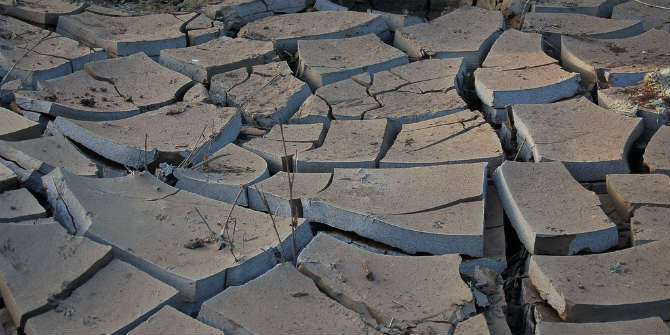A recent panel discussion at LSE highlighted South Asian variations of the global trend of land theft.
What is the impact of land grabs on human rights and poverty? This question dominated a recent panel discussion at LSE on global land theft. Fred Pearce, an environmental consultant at the New Scientist and author of “The Land Grabbers: The New Fight Over Who Owns the Earth”, explained that 220 million hectares have been grabbed, particularly from the rural poor in Africa, over the past decade in an effort to boost food security for wealthier nations. Using examples from around the world, including that of a Bangalore-based agriculturalist renting land in Africa, he demonstrated how land grabs are leading to the alienation and displacement of the poorest landholders and that such social disruptions are exacerbating poverty. Megan MacInnes, head of the Land Campaign at Global Witness, further argued that the rural poor’s attempts to get justice following corporate land grabs are often thwarted by poor governance and the failure of democratic systems.
Speaking from a South Asian perspective, Dr Subir Sinha, Senior Lecturer in Institutions and Development at SOAS, argued that Pearce and MacInnes’ construction of land grabs as large-scale acquisitions of land by foreigners did not reflect the experience of India, Pakistan and other countries in the region where domestic capitalists are often land grabbers. He also argued that land grabs can be small-scale, everyday occurrences that become significant only in aggregate.
Dr Sinha pointed out that most discourse about land theft focuses on the development of agricultural land, but urban land grabs are more common in India and Pakistan as the rapid growth of cities is making previously neglected land extremely valuable. As examples of this trend, he pointed to the Lavasa Housing Project outside Mumbai, which was developed without planning permission, the Yamuna Expressway between Delhi and Agra, and the Buddh International Circuit in Greater Noida (which hosted the country’s first Formula One Grand Prix). Discussing the Indian government’s desire to think of New Delhi as a ‘world city’, Dr Sinha argued that global city ambitions often spur land grabs.
Referring to examples raised by Pearce and MacInnes of legal and transparent land acquisitions that proceed because one party – often the small landholder – has inadequate information, Dr Sinha described how a form of land grabbing occurred on the outskirts of Kolkata (Calcutta): developers bought land from farmers at slightly higher than market prices, but went on to sell it for great profit at up to 400 per cent higher factors. A lack of adequate information, argued Dr Sinha, is also a form of coercion.
Dr Sinha also raised the question of whether the transfer of government or public land to private owners constituted a land grab. He said this question is increasingly important in India where the middle classes are calling for Gujarat’s growth model – which was spurred by large scale appropriations of public land for corporations and little environmental oversight – to be widely implemented.
Click here for the event podcast, which includes more details on the Indian and broader South Asian experience of global land theft.








